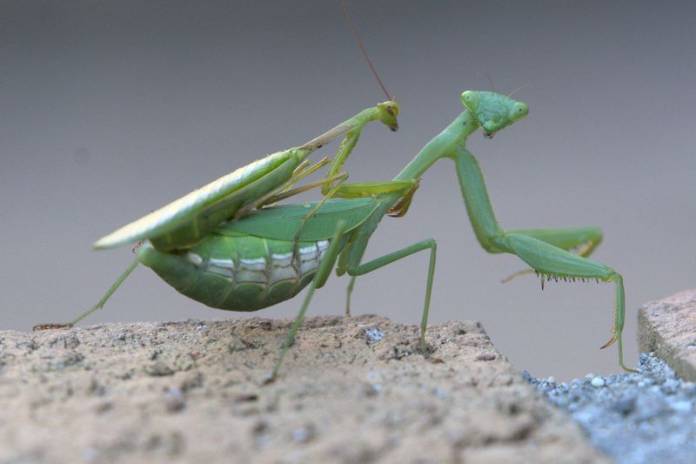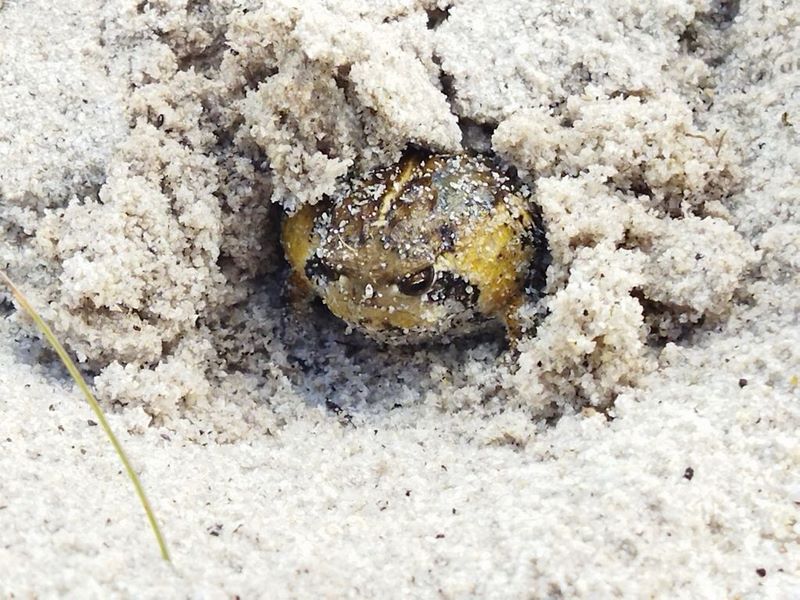
Cape Town achieved second place among 482 cities in the number of observations recorded, and fourth place in the number of species recorded categories during the recent City Nature Challenge.
‘Cape Town, you did great in capturing the natural heritage in our city this year. The results are in and your encounters with the beautiful plant and animal life in our natural surroundings have earned us second place out of 482 cities around the world that also participated in the City Nature Challenge. This is the runner-up spot to La Paz, Bolivia,’ said the City’s Deputy Mayor and Mayoral Committee Member for Spatial Planning and Environment, Alderman Eddie Andrews.
Together, Cape Town participants were able to record 52 518 observations and 3 847 species across the city. First place in the recorded observations category was La Paz, Bolivia, with 126 435 observations. In the recorded species category, first place also went to La Paz with 5 344 species.

On a global scale 1 870 763 observations were made and 66 394 people participated. The most observed species across all cities was the Mallard Duck. The total number of species documented amounted to over 57 000 including more than 2 570 species of conservation concern.
‘A special thanks to all the individuals from our city who helped identify observations that were recorded during the City Nature Challenge. Over 2000 people participated in Cape Town. This is a wonderful achievement,’ said Alderman Andrews.
The competition took place between 28 April and 1 May 2022. Capetonians were encouraged to explore the City’s nature reserves and natural open spaces, and to record all of the local plant and animal species that they spotted over the four days. Participants were required to download the iNaturalist.com app and share their observations by uploading all of their findings on the app.
The City coordinated numerous activities during the course of the challenge, among which tours of the reserves with local experts. The reserves were open to those interested in recording their observations of plant and animal life over the four days.

